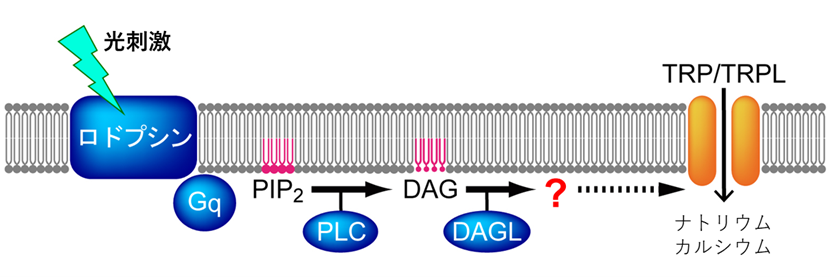ペンシルベニア州立大学の研究者がフィラデルフィア小児病院との共同研究を継続するための助成金を獲得 Penn State researchers earn grant to continue work with Children’s Hospital of Philadelphia
2022-10-11 ペンシルベニア州立大学(PennState)
自閉症スペクトラム障害の子供たちは、さまざまな種類の感染症、胃腸障害、発作、行動表示などの臨床症状の割合が高いことが多いようである。これらの症状は、自閉症の原因ではないが、自閉症の子供たちの間で、特に若い年齢でしばしば現れる。
研究者達は、データを機械学習モデルに送り込み、何百もの変数を評価するように訓練して、自閉症スペクトラム障害の可能性上昇に関連する相関関係を見つけ出した。
<関連情報>
- https://www.psu.edu/news/engineering/story/medical-history-may-help-predict-autism-young-children-researchers-find/
- https://informatics.bmj.com/content/29/1/e100544
医療費請求データを用いた機械学習による幼児期の自閉症スペクトラム障害の早期発見 Early detection of autism spectrum disorder in young children with machine learning using medical claims data
Yu-Hsin Chen,Qiushi Chen,Lan Kong and Guodong Liu
BMJ Health & Care Informatics Published September 8, 2022.
DOI: 10.1136/bmjhci-2022-100544

Abstract
Objectives Early diagnosis and intervention are keys for improving long-term outcomes of children with autism spectrum disorder (ASD). However, existing screening tools have shown insufficient accuracy. Our objective is to predict the risk of ASD in young children between 18 months and 30 months based on their medical histories using real-world health claims data.
Methods Using the MarketScan Health Claims Database 2005–2016, we identified 12 743 children with ASD and a random sample of 25 833 children without ASD as our study cohort. We developed logistic regression (LR) with least absolute shrinkage and selection operator and random forest (RF) models for predicting ASD diagnosis at ages of 18–30 months, using demographics, medical diagnoses and healthcare service procedures extracted from individual’s medical claims during early years postbirth as predictor variables.
Results For predicting ASD diagnosis at age of 24 months, the LR and RF models achieved the area under the receiver operating characteristic curve (AUROC) of 0.758 and 0.775, respectively. Prediction accuracy further increased with age. With predictor variables separated by outpatient and inpatient visits, the RF model for prediction at age of 24 months achieved an AUROC of 0.834, with 96.4% specificity and 20.5% positive predictive value at 40% sensitivity, representing a promising improvement over the existing screening tool in practice.
Conclusions Our study demonstrates the feasibility of using machine learning models and health claims data to identify children with ASD at a very young age. It is deemed a promising approach for monitoring ASD risk in the general children population and early detection of high-risk children for targeted screening.


